The age of dinosaurs may have ended 65 million years ago, but not all creatures from their era disappeared. Some prehistoric survivors quietly carried on, evolving through the ages, and they’re still with us today. From ancient reptiles to deep-sea oddities, these animals are living fossils, bridging the gap between Earth’s ancient past and its modern present. Let’s dive into the incredible lineup of prehistoric animals that date back to the dinosaurs.
1. Horseshoe Crabs Continue Their 450-Million-Year Run
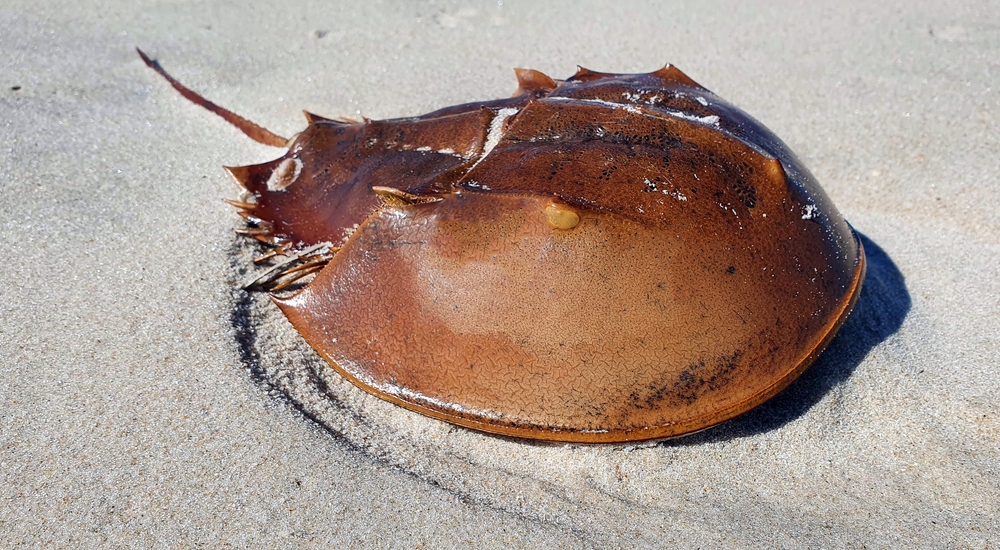
Since before dinosaurs roamed the Earth, horseshoe crabs have been scuttling along sandy shores. With their armored shells and spiked tails, they look like relics from a sci-fi movie—and that’s not far from the truth. These living fossils have changed so little over hundreds of millions of years that they are often studied to understand ancient ecosystems. Today, they play a crucial role in modern medicine, as their unique blue blood is used to test the safety of vaccines and medical devices, according to the National History Museum.
2. Nautiluses Keep Their Spiraling Legacy Intact
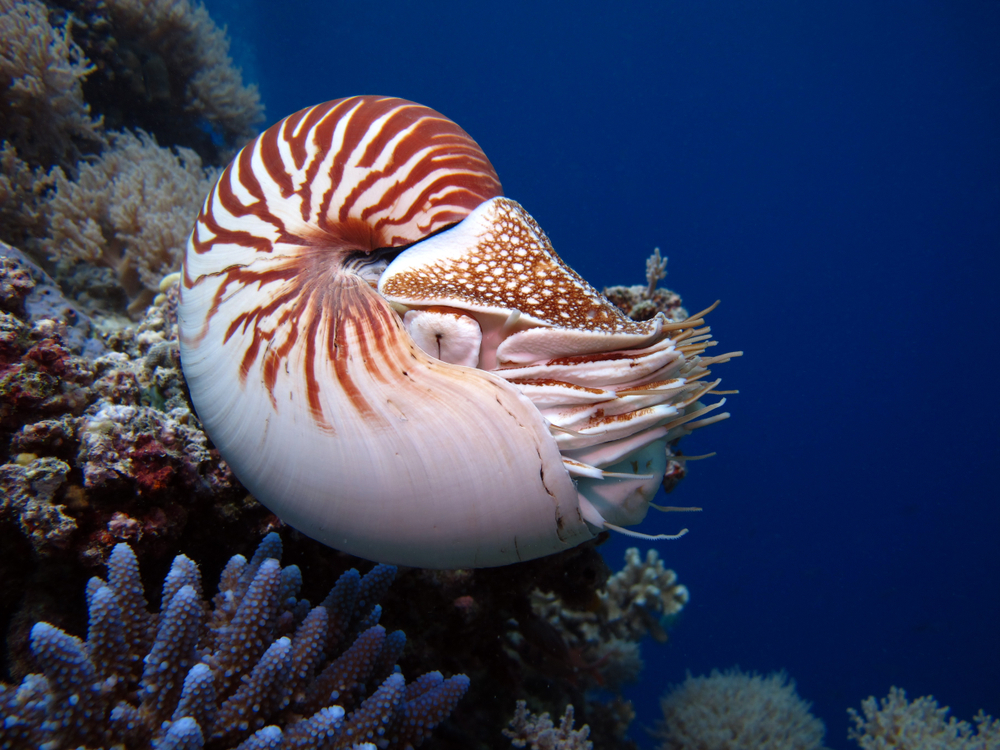
The nautilus is a master of endurance, surviving mass extinctions that wiped out much of Earth’s ancient life. These deep-sea mollusks, with their elegant spiral shells, have existed for over 500 million years. Their ability to regulate buoyancy by adjusting gas levels in their shells has made them expert survivors in the ocean’s depths. While they’re mesmerizing to look at, nautiluses are also under threat due to overfishing and the demand for their decorative shells.
3. Crocodiles Are Modern-Day Dinosaurs
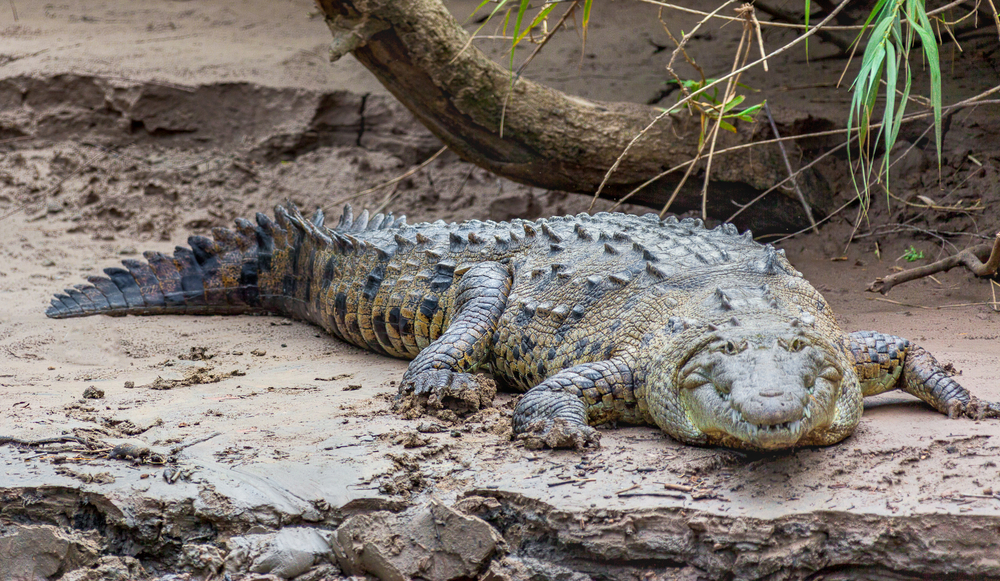
Crocodiles may as well be honorary dinosaurs, given their striking resemblance to their prehistoric relatives. These ancient reptiles first emerged over 200 million years ago and look exactly the same, according to an article in Popular Mechanics. Their powerful jaws and stealthy nature have made them apex predators in the Mesozoic era and today. Despite their tough exteriors, crocodiles are sensitive to environmental changes, making conservation efforts vital for survival.
4. Coelacanths Resurfaced After 66 Million Years of “Extinction”
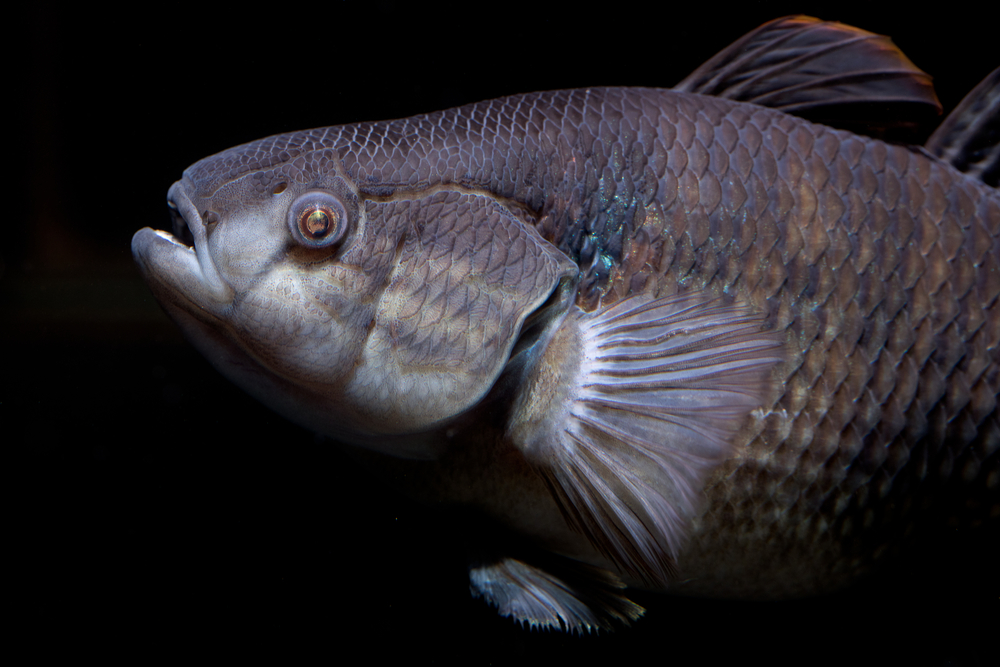
Thought to have vanished with the dinosaurs, coelacanths shocked the world when they were rediscovered in 1938. These deep-sea fish, with lobed fins and a peculiar, ancient design, were once considered the missing link between fish and land vertebrates. Their ability to thrive in deep underwater canyons has kept them hidden—and safe—for millions of years. Coelacanths remind us how much of the ocean remains a mystery, harboring creatures we thought were long gone.
5. Sturgeons Are Ancient River Royalty
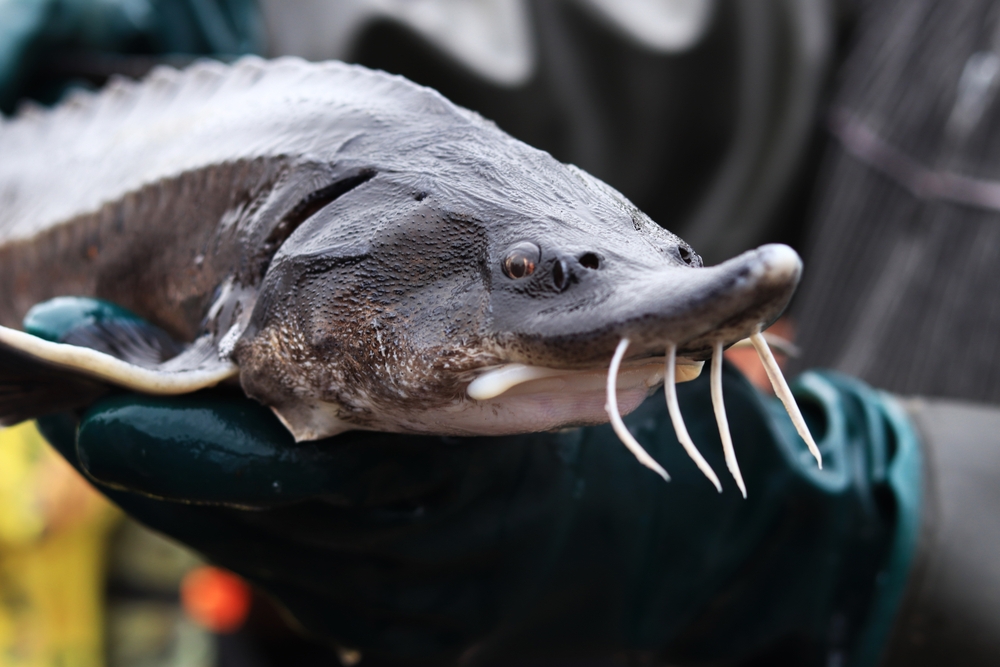
Sturgeons are the freshwater giants of prehistoric times, dating back over 200 million years. These fish, known for their bony plates and elongated bodies, are prized for their roe, which is processed into caviar. Despite their impressive longevity, sturgeons face significant threats from overfishing and habitat destruction. As survivors of multiple extinction events, they’re a sobering reminder of the fragility of even the most enduring species.
6. Ginkgo Trees Are Nature’s Time Capsules

The ginkgo tree is a living fossil, virtually unchanged for over 200 million years. With its distinctive fan-shaped leaves and resilience in urban environments, the ginkgo is a testament to nature’s ability to endure. Fossils show that these trees coexisted with dinosaurs, providing shade and sustenance in prehistoric forests. Today, they’re cherished for their beauty and medicinal properties, a living link to Earth’s deep history.
7. Jellyfish Glide Through the Ages
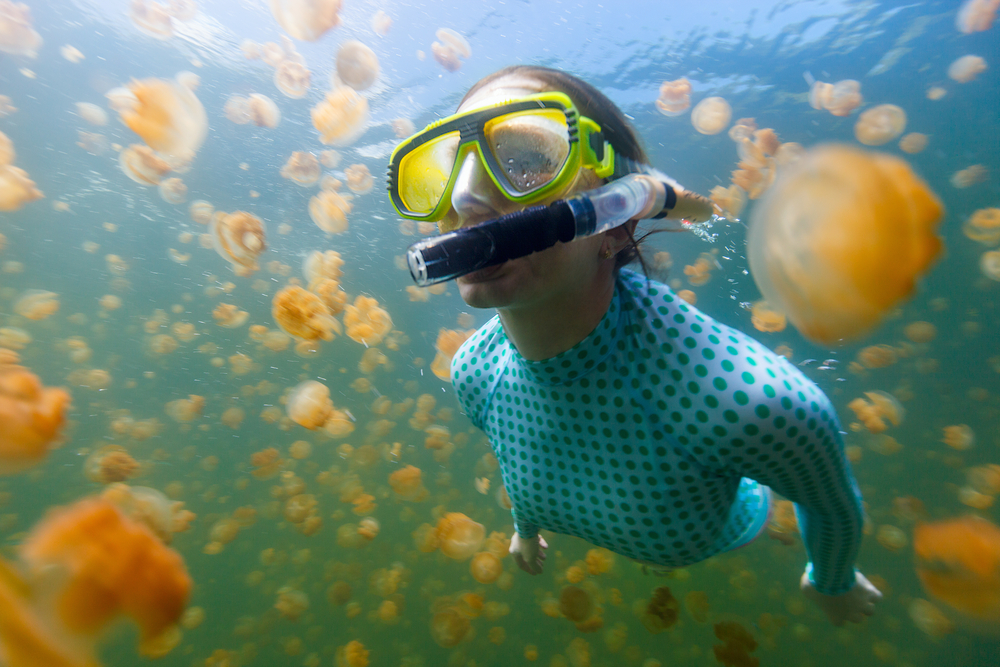
Jellyfish have been pulsing through Earth’s oceans for over 500 million years, making them older than dinosaurs. These simple yet mesmerizing creatures have no brains or hearts, relying on their primitive anatomy to survive and thrive. Their ability to adapt to changing environments has allowed them to outlast more complex species. Despite their longevity, jellyfish blooms often signal ecological imbalance, reminding us of humanity’s impact on the planet.
8. Sharks Have Ruled the Oceans for 400 Million Years
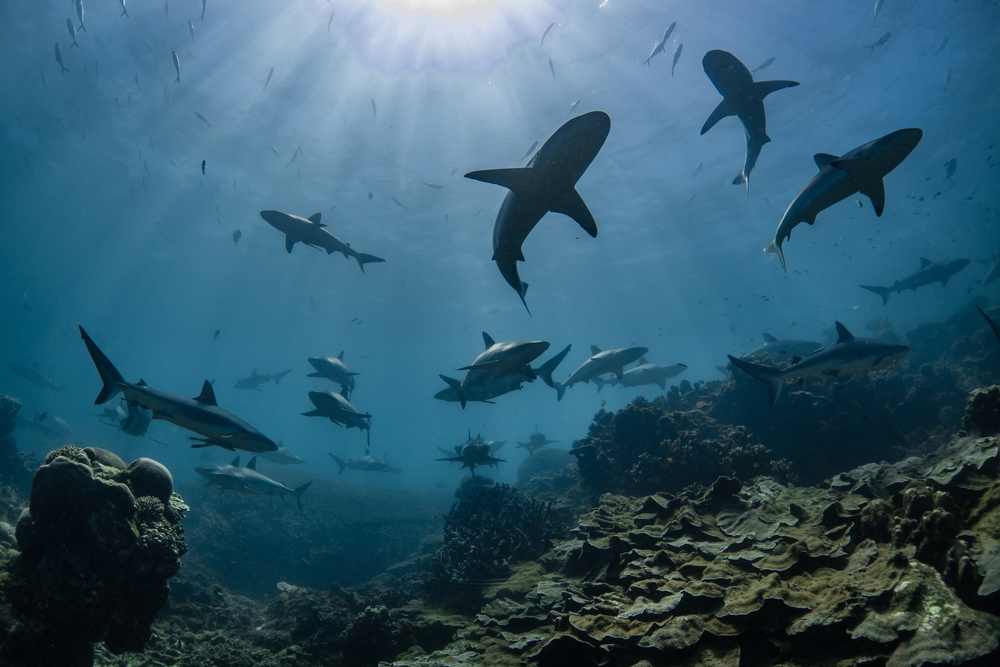
Sharks are the ultimate survivors, predating dinosaurs by nearly 200 million years. Their cartilaginous skeletons and razor-sharp teeth have made them formidable hunters across epochs. While many ancient shark species, like the megalodon, have gone extinct, today’s sharks carry on the legacy of their prehistoric ancestors. These oceanic predators are vital for maintaining marine ecosystems, but overfishing and habitat destruction put their future at risk.
9. Tuataras Are the Last of an Ancient Reptile Lineage
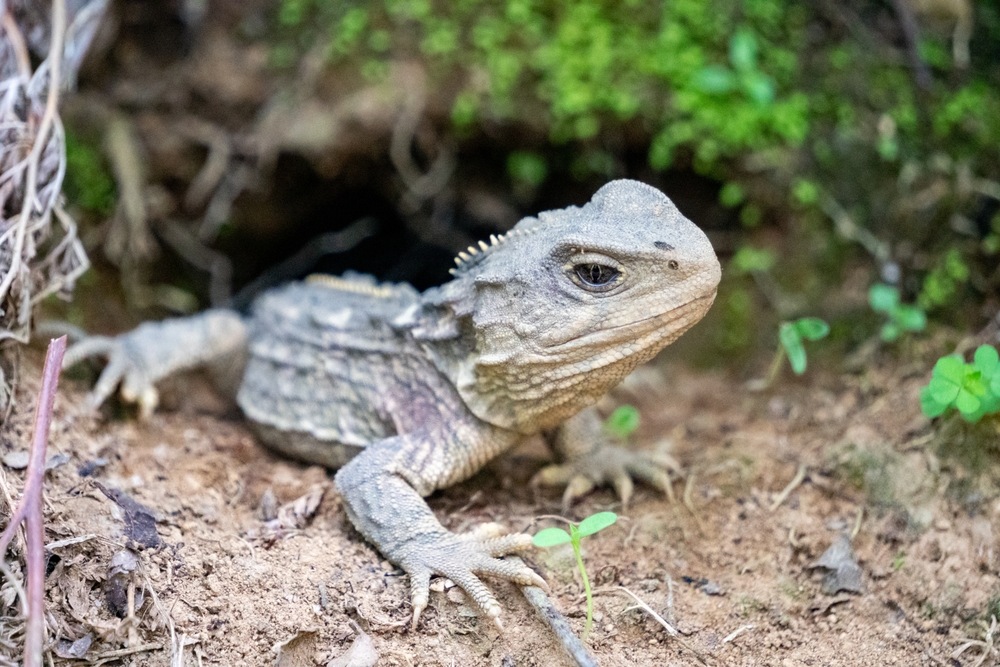
Tuataras are lizard-like reptiles that have remained virtually unchanged for 200 million years. Native to New Zealand, these nocturnal creatures have a unique third “parietal” eye that adds to their prehistoric mystique. Unlike modern reptiles, tuataras have skeletal and behavioral traits that link them to their dinosaur-era relatives. Efforts to protect their dwindling populations are critical to preserving this living piece of ancient history.
10. Lampreys Are Jawless Wonders From the Past
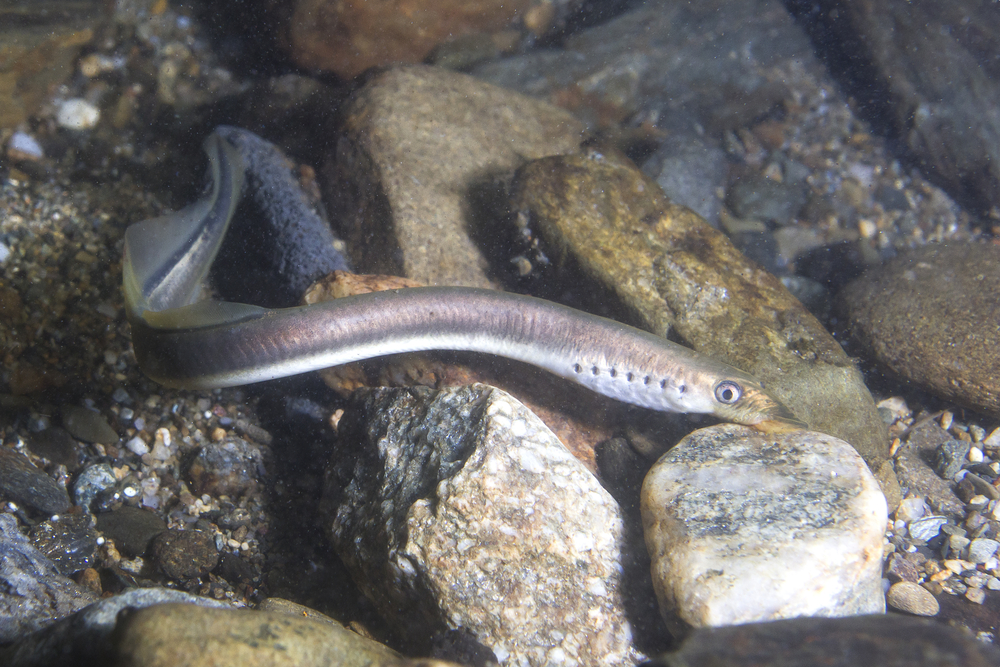
Lampreys, with their eel-like bodies and circular, tooth-filled mouths, are remnants of a time long before dinosaurs. These jawless fish have existed for over 360 million years, relying on their parasitic feeding habits to sustain themselves. Despite their unsettling appearance, lampreys are essential to aquatic ecosystems, particularly in their larval stage when they filter nutrients. They’ve adapted to a wide range of habitats, ensuring their survival through countless global changes.
11. Platypuses Are Mammalian Throwbacks
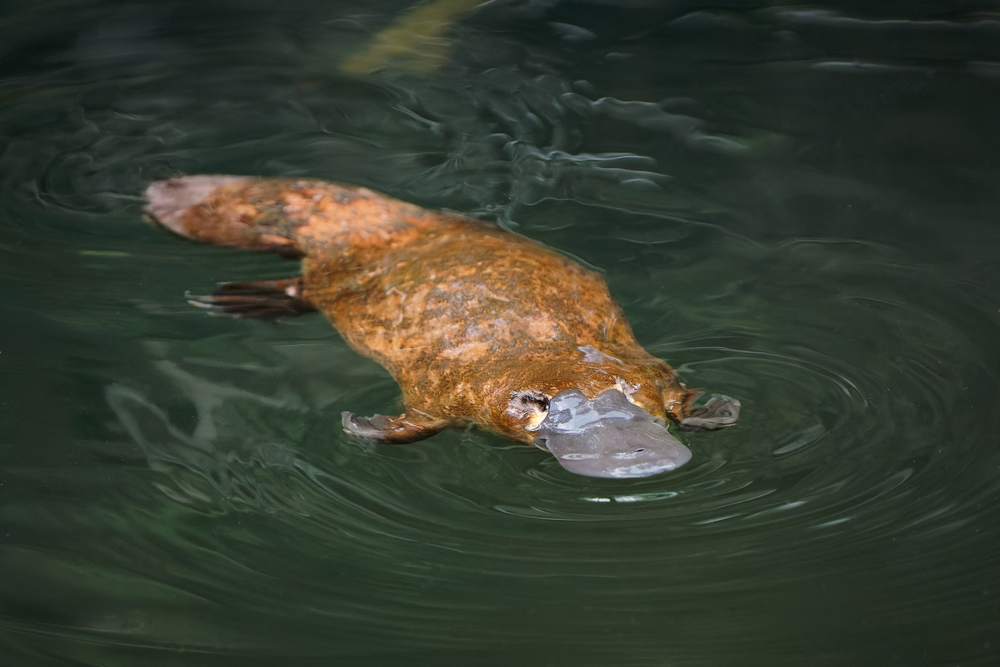
The platypus may seem like a quirky anomaly, but its roots trace back to the age of dinosaurs. This egg-laying mammal, with its duck-like bill and webbed feet, has features rarely found in modern animals. Fossils reveal that early relatives of the platypus roamed ancient waterways, blending mammalian and reptilian traits. Today, these oddball creatures are endemic to Australia, where they serve as a reminder of evolution’s winding path.
12. Cycads Keep Ancient Flora Alive
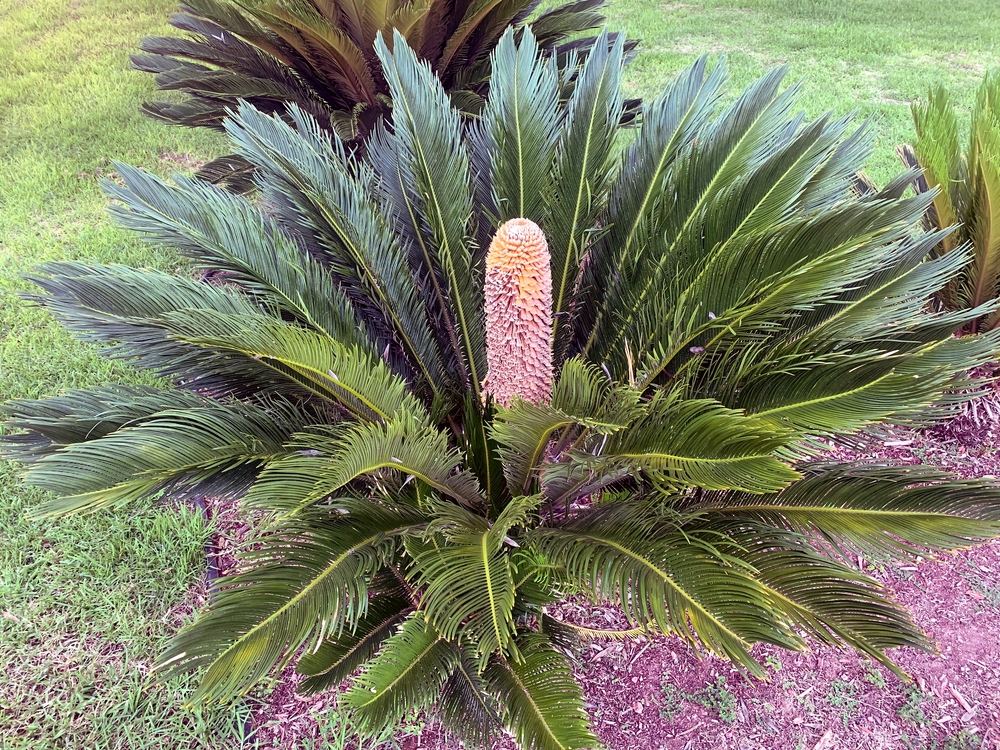
Cycads are palm-like plants that thrived during the age of dinosaurs and still grace Earth’s landscapes today. These slow-growing plants, with their tough leaves and large cones, were a staple of prehistoric ecosystems. Fossil records show that cycads were a food source for herbivorous dinosaurs, bridging plant and animal life in ancient times. Their continued presence in modern gardens and wild habitats is a testament to their resilience and adaptability.
